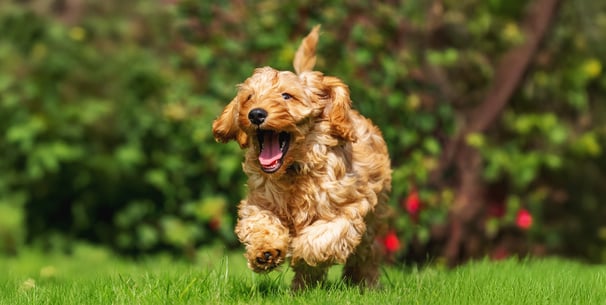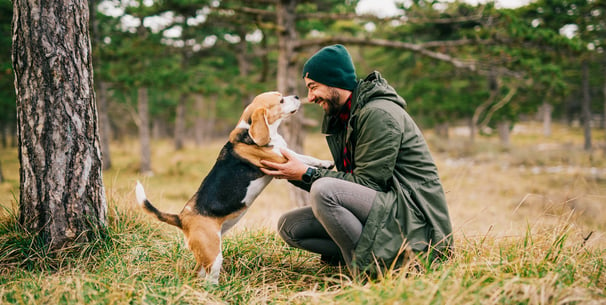Beagle Temperament - The Good, The Bad & The Cuddly
Index:



Introduction
The Beagle is a merry little hound with a big heart and a bigger nose. If you are thinking about bringing one home, you will want a clear view of their character, energy, and quirks.
This guide explains what everyday life feels like with a Beagle, how to set your dog up for success, and where to learn more.
Key takeaways
Beagles are social, food‑motivated, and driven by a strong nose. They shine with daily exercise and games.
Left without company, they can struggle with boredom and noise. Plan training and routine from day one.
Good health habits and mental play reduce risks like weight gain and anxiety.
Choose a reputable breeder or consider adoption. Prioritise welfare over hype.
Use trusted sources and insurance to support long, happy lives.
For full Beagle dog breed information and care basics, explore our Beagle breed guide.
Quick authority note
For official UK points on type and character, see the UK Kennel Club – Beagle breed standard.
What shapes the Beagle temperament?
Beagles come from the proud tradition of the pack dog. They are a classic scent hound that worked in tandem, following scent together. This heritage explains much of their temperament today.
A famous history includes references to William the Conqueror with several early Beagle-type dogs used across Europe.
Some historians also note the Kerry Beagle, and how the breed we know today took shape. Interestingly, the modern breed was developed in Britain.
There were eras when the Beagle fell out of favour, then bounced back because people loved their size, voice, and loyalty.
Beagles are small, sturdy hunters. Their sense of smell is immense. Many owners will say, “What the nose wants, the nose gets”. A strong sense of smell means Beagles notice every scent trail. This brings joy on walks and the odd recall headache.
You can read more about family fit here: Are Beagles good family dogs?
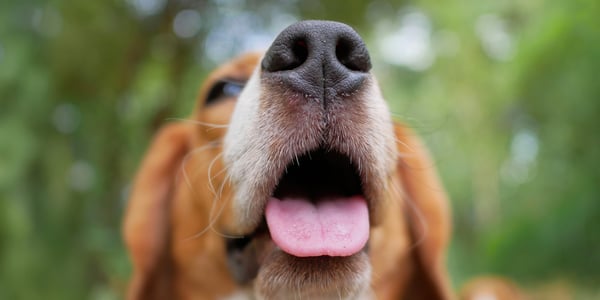


Quick‑look temperament table
The good: the cuddly charm
They are classic “people dogs”. Many are affectionate dogs that love sofa time; they will sit on your lap, but they still need a good run.
As a family pet, Beagles are often good with children and great with other dogs, especially when trained kindly. Many can also settle in a house with both dogs and cats.
They are very food-motivated. That helps training.
They have a manageable size. Handy for city or country.

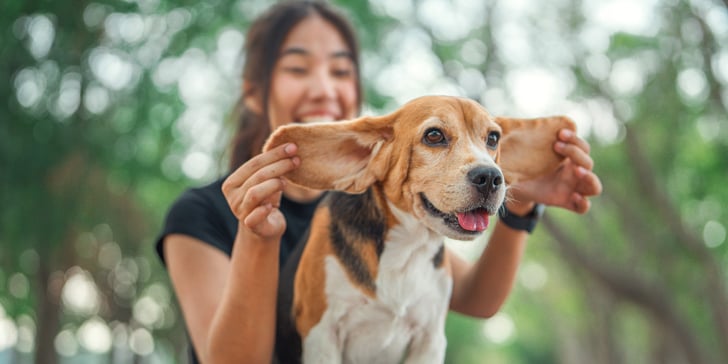

Traits fans love
Cheerful and curious Beagle personality
Sociable dogs that enjoy company
Naturally an active dog, one of the more fun, energetic dogs to live with
Bright, often listed among the more intelligent dogs
The floppy-eared look and the voice, part of the appearance of the Beagle we all know and love
Curious to learn more fun bits? Try these Beagle facts: 10 interesting facts about Beagles
The bad: honest challenges to plan for
Let's look at one of the few downsides of the breed. Although each individual dog is different, Beagles can be noisy and stubborn if they are bored.
Common concerns
Being left alone too long can lead to separation anxiety.
Their food drive can cause weight gain without portion control.
A strong hunting instinct means recall is tricky.
Some may show naughty public traits if social skills are not taught, though most are social by nature.
Helpful habits
Daily walks, sniff games, and puzzles for mental stimulation
Friendly early social time to build skills with kids and other pets
Positive training that channels the nose and reduces frustration
Great reads to support you
Early skills: Socialising your puppy
Body language 101: Why are my dog’s ears back?
Coat care: Do Beagles shed?
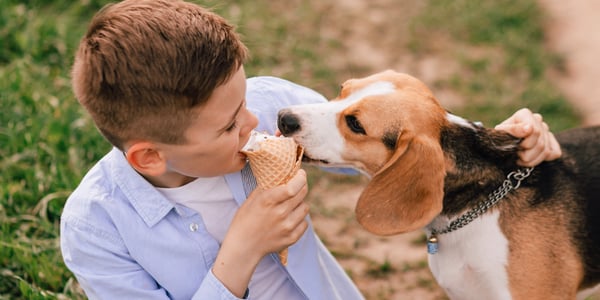


Everyday life with a Beagle
We love the Beagle’s blend of fun and focus. Here is a quick view of their routine needs.
Because of those floppy ears, always check the ears for signs of infection. A quick wipe and full dry after baths helps.
Appearance, size, and practical care
Beagles have a friendly, open expression and the classic white‑tipped tail. Their size and weight are easy to live with, which many owners love. The short coat needs only simple grooming routines, but as we have discussed above, we always advise checking those ears.



Health and lifespan
Beagles are generally robust, but all dogs benefit from routine care. Typical lifespan sits around 10 to 15 years in the UK, with weight and dental care making a real difference.
For accepted breed traits, see the UK Kennel Club – Beagle breed standard. For health screening guidance and rare conditions, the Beagle Association is a helpful resource on specific issues like neonatal cerebellar cortical degeneration: Beagle Association Health.
Points to discuss with your vet
Joint care and screening for hip dysplasia
Seizure awareness and support for epilepsy
Routine ear care to prevent infection
Healthy weight, avoiding weight gain and pressure on joints
Consider a DNA test that is recommended for breeding programmes or clarity on inherited risks
Insurance sense
Planning ahead with pet insurance can soften life’s bumps.
Compare plans, as cover for chronic illness or pre-existing issues varies.
Understand the cost to insure a Beagle and the long‑term value of insurance for your Beagle.
We are here to help your dog stay fit. Small changes in routine can keep your Beagle content and keep your dog safe.
Friendly wrap‑up
Beagles are merry, social, and cheeky. They are known as a dog that needs your time, a secure garden, and the freedom to sniff.
With training and routine, they pay you back with years of love and laughs. If you are getting a Beagle, choose a reputable breeder, or offer a loving home to a dog already waiting for adoption.
Either way, you will keep your Beagle happy when you move every day, play scent games, and celebrate that big, honest nose.
If you want to compare the Beagle with other dogs and see where it sits among popular dog breeds, start with our main guide here.
Waggel Pet Insurance
Need more help? You're in luck if you're a Waggel Pet Insurance member. Along with our excellent coverage, we offer access to a 24/7 online vet to answer all your sticky questions, especially if you need grooming assistance.
Not a member? Why not get a quote now and cover your furry friend for a range of illnesses, all while enjoying our amazing perks and rewards.
Want more like this?
Get updates from us with helpful info, advice, answers to frequently asked questions and much more.
Index:
Related posts:
Get your quote
Along with our excellent coverage, we offer access to a 24/7 online vet to answer all your sticky questions.
